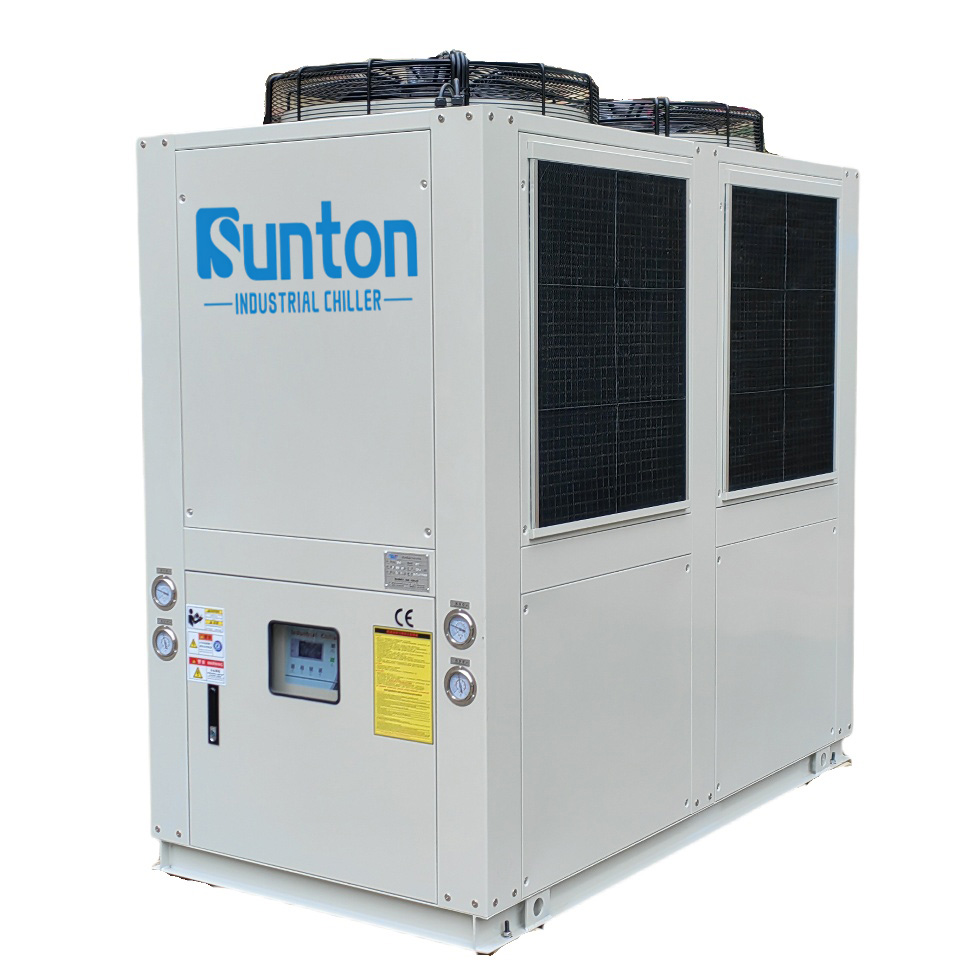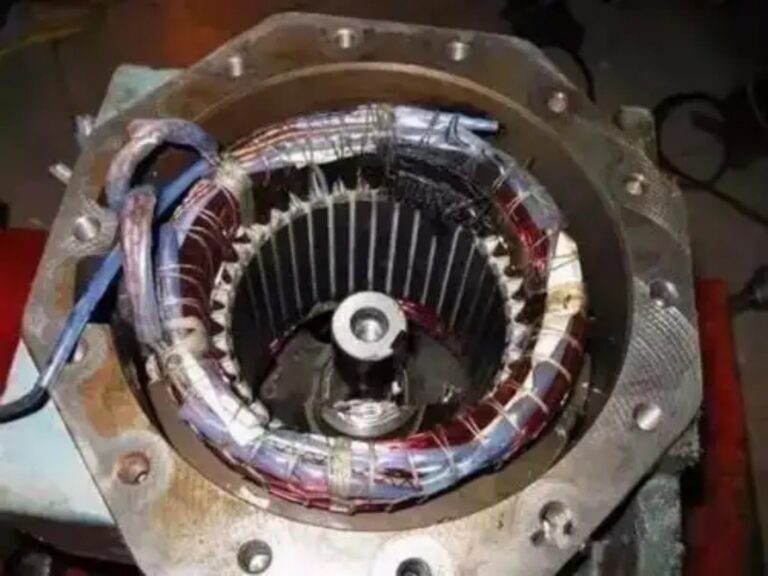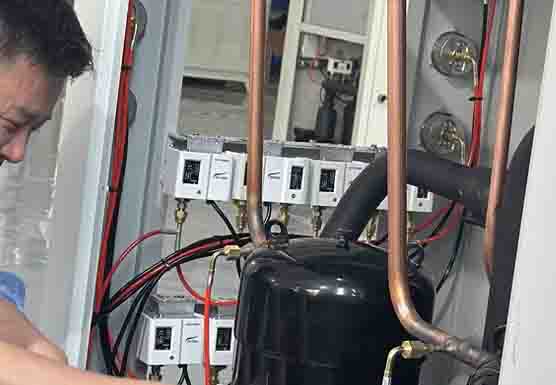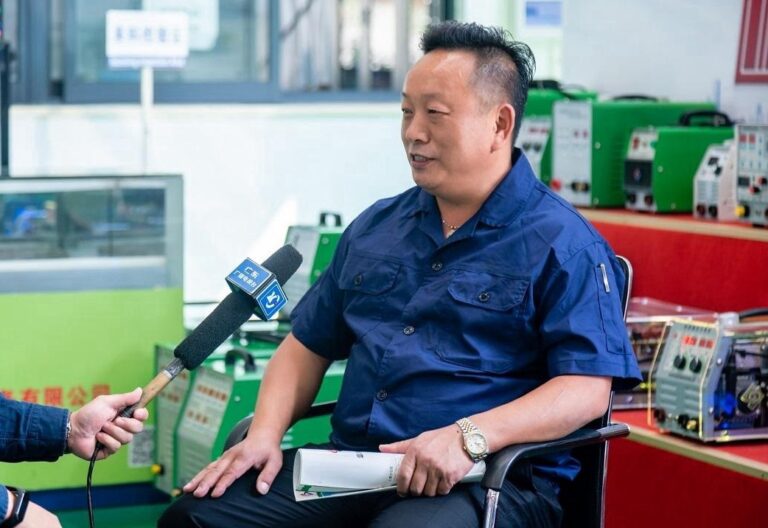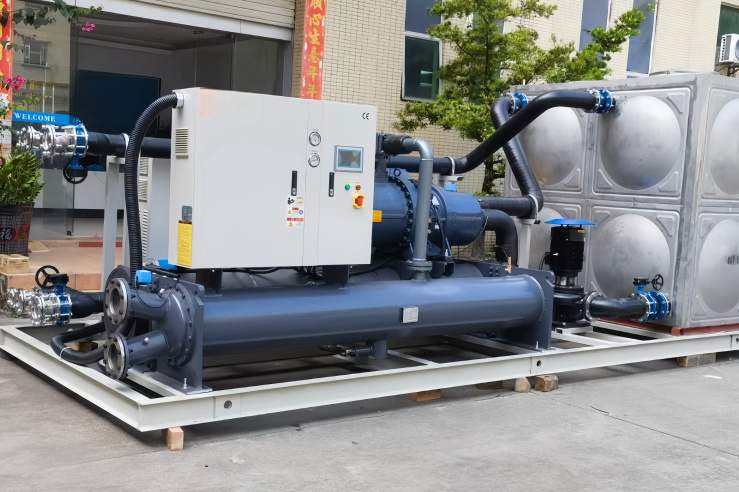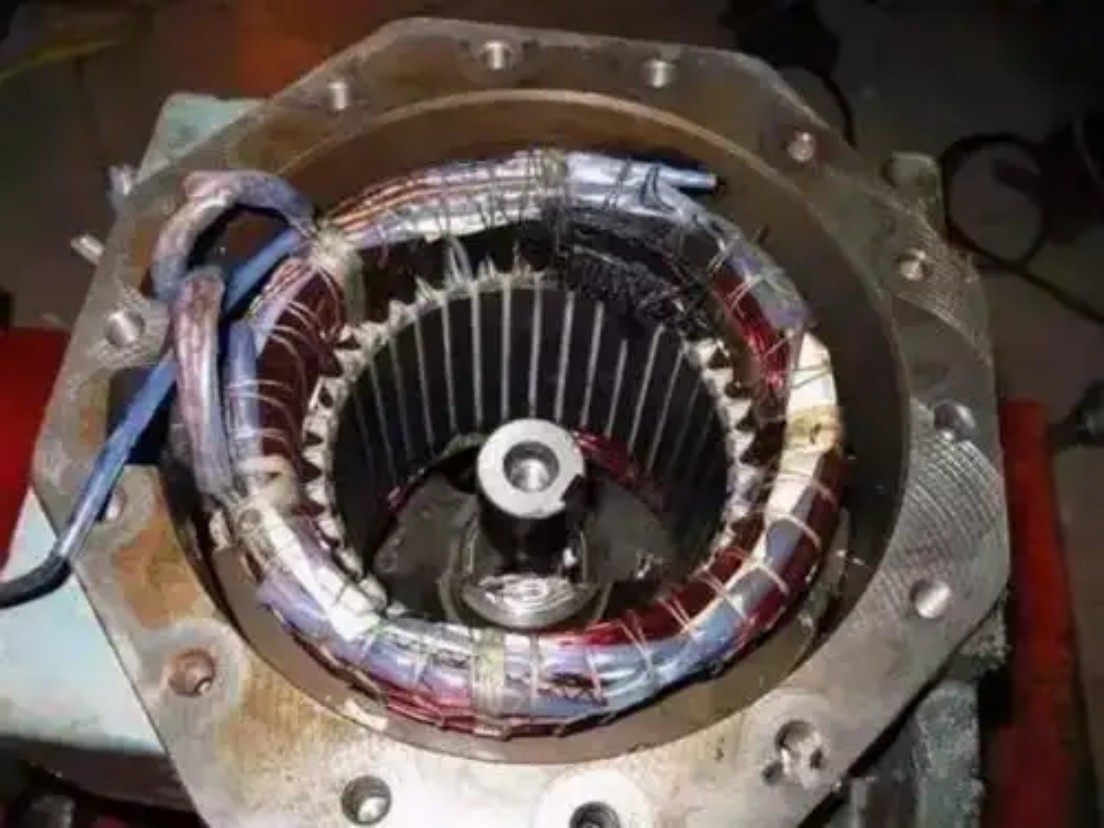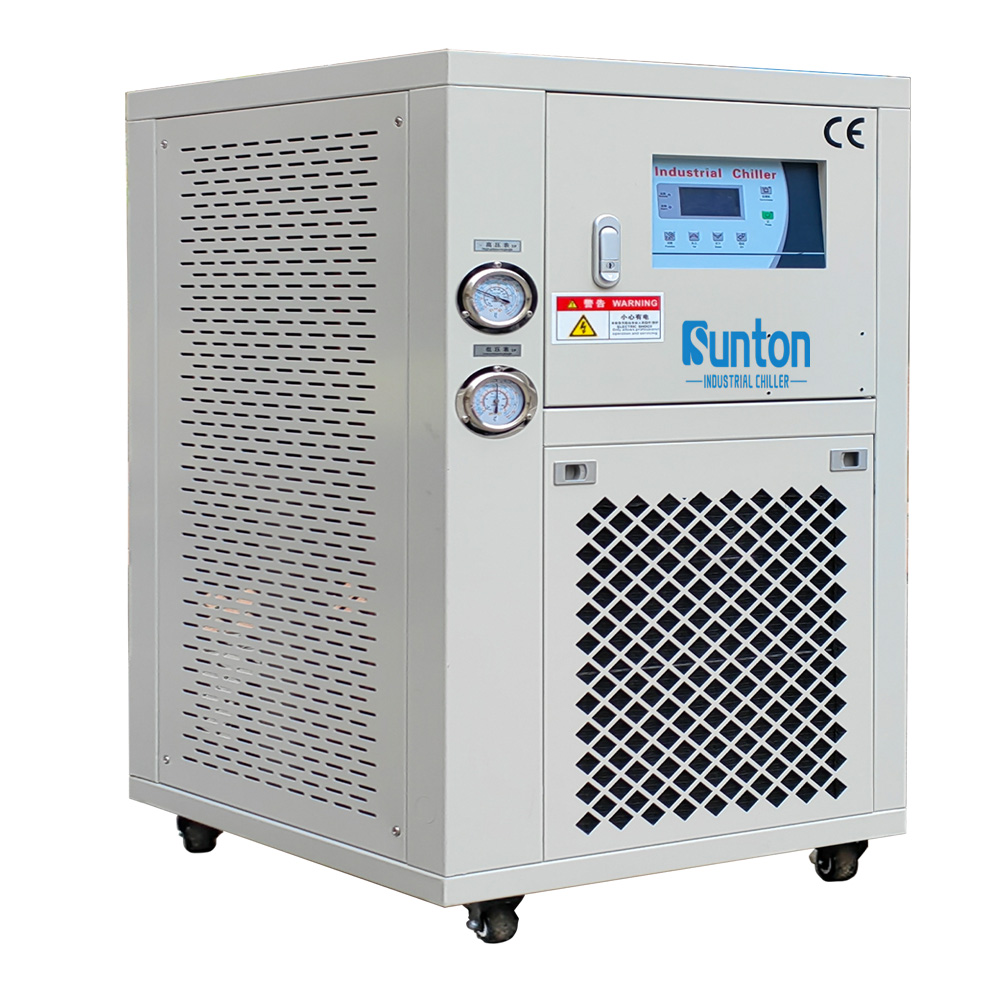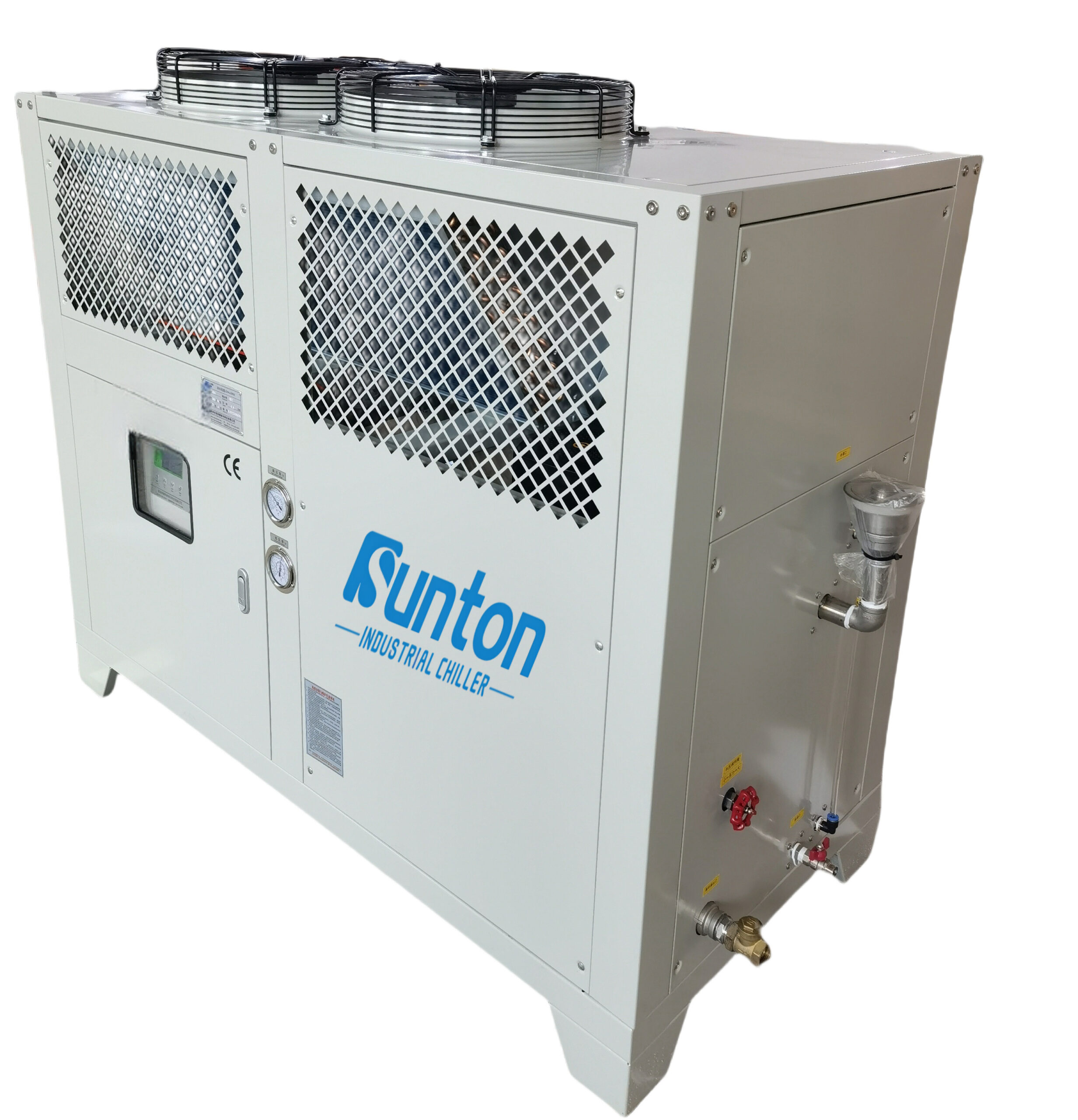-
Даліншань Індастріал Гуандун
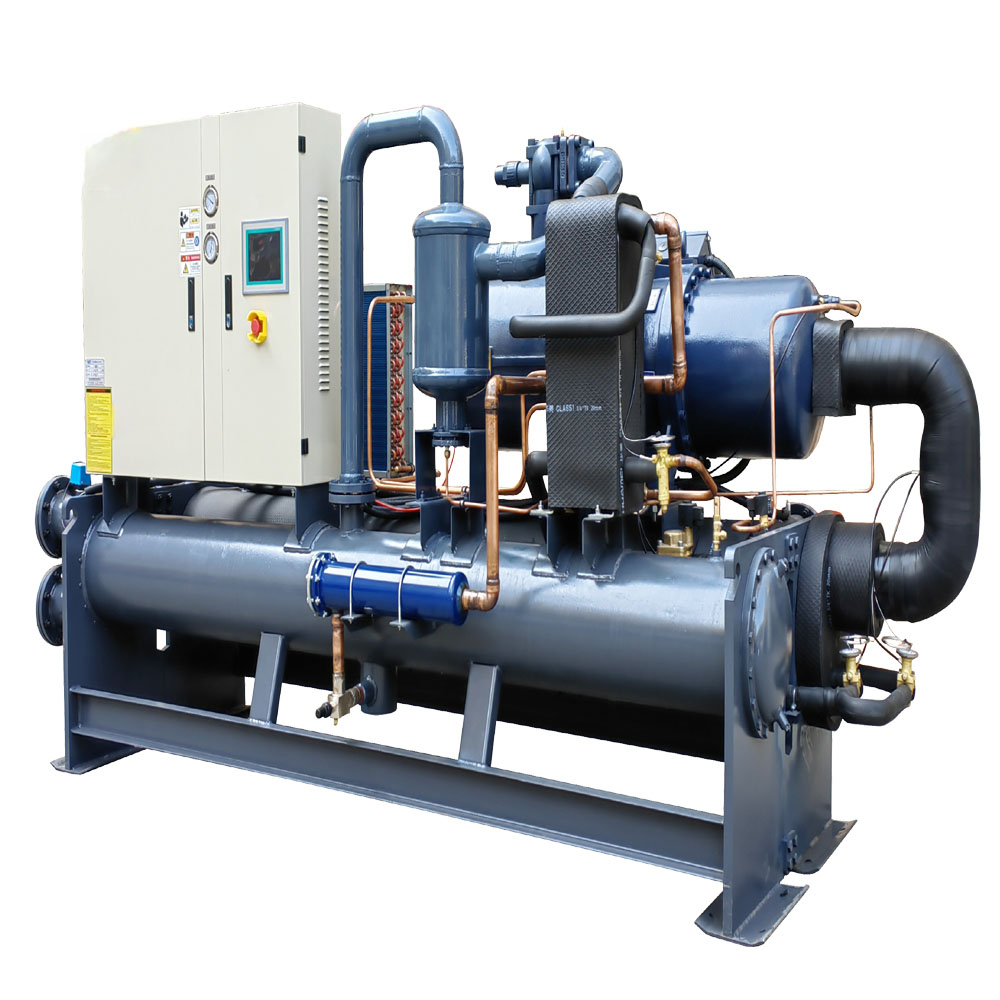
яка найкраща температура бродіння вина і як її контролювати
Опанування температури бродіння вина: ваш найкращий посібник із створення ідеального вінтажу
Ця публікація в блозі розповідає про критичну роль контролю температури під час бродіння вина, пояснюючи, як він впливає на смак, аромат і загальну якість. Ми надаємо практичні поради виноробам та ентузіастам, які прагнуть вдосконалити своє ремесло. Ми охопимо все: від ідеальних температурних діапазонів для різних типів вина до вдосконалених рішень для охолодження, гарантуючи, що ви матимете знання для кожного разу, щоб виробляти виняткові вина. Як підприємство з виробництва промислових охолоджувачів води, ми розуміємо важливість точності та надійності контролю температури для різних галузей промисловості, включаючи нюанси процесу виноробства. Наш досвід у створенні рішень для охолодження для таких галузей промисловості, як виробництво пластмас, харчових продуктів і напоїв, а також фармацевтична промисловість, безпосередньо забезпечує оптимальне середовище для бродіння вина. Незалежно від того, чи є ви великою виноробнею чи захопленим домашнім виноробом, розуміння та контроль температури бродіння є ключовим для досягнення бажаних характеристик вина. Давайте дізнаємося, як зробити кожну партію шедевром!
Зміст
Яка ідеальна температура бродіння для вина?
У "The ідеальна температура бродіння для вино змінюється в залежності від сорт вина виробляється. загалом, біле вино ферментується при більш низьких температурах, зазвичай між 55-65°F (13-18°C), щоб зберегти ніжні аромати та смак. Червоне вино, з іншого боку, ферментується при більш високих температурах, зазвичай між 70-85°F (21-29°C), щоб отримати колір, танін, і складні смаки від виноград шкури.
Як виробник промислових охолоджувачів води, я можу сказати вам, що їх обслуговування є специфічним діапазони температур має вирішальне значення для a успішне бродіння. Наші чиллери створені для забезпечення точного контроль температури, гарантуючи, що ваші бродіння вина протікає в оптимальних умовах. Наприклад, наш гліколеві охолоджувачі широко використовуються в пивоваріння і виноробство промисловості за їхню здатність підтримувати послідовність, нижчі температури необхідні для якості виноробство.
Як температура впливає на процес бродіння?
температура істотно впливає на процес бродіння в виноробство. Дріжджі, мікроорганізм, відповідальний за перетворення цукру в алкоголь і вуглекислий газ, дуже чутливий до температури. При оптимальних температурах, дріжджі ефективно метаболізує цукру, в результаті чого збалансовано бродіння що посилює вина смаковий профіль.
Контроль температури має першорядне значення під час бродіння. Вищі температури може прискорити процес, але може призвести до втрати летких речовин аромат сполук, при цьому нижчі температури уповільнити бродіння, сприяючи кращому розвитку смаку. Наприклад, у кейс-стаді за участю місцевого жителя виноробня, реалізуючи наш охолоджувачі води з водяним охолодженням допоміг підтримувати послідовність температура протягом бродіння, що призвело до значного покращення їх біле вино ароматна складність.
Що станеться, якщо температура бродіння занадто висока?
Якщо температура бродіння занадто високий, може виникнути кілька проблем, які негативно вплинуть на вина якість. Дріжджі активність різко зростає, що призводить до швидкого бродіння які можуть створювати небажані присмаки та аромати. Високі температури також можуть вбити дріжджі передчасно, що призвело до застрягання бродіння де залишковий цукор залишається неперетвореним.
Однією з поширених проблем є поява різких смаків, схожих на розчинник, які часто називають «гарячими» або «вареними». в червоне вино, надмірне тепло може витягнути гіркоту дубильні речовини і зменшити вина інтенсивність кольору. Щоб запобігти цим проблемам, наш градирні можна інтегрувати у ваш виноробні система охолодження, що забезпечує ефективний спосіб розсіювання тепла та підтримки бажаного температура бродіння.
Як я можу контролювати температуру бродіння у своєму виноробні?
Контролінг температура бродіння в а виноробня передбачає кілька стратегій, від простих методів до передових технологічних рішень. Одним із основних підходів є використання a бродильна камера або приміщення, де можна регулювати температуру навколишнього середовища. Однак цей метод може не забезпечити точність, необхідну для високої якості виноробство.
Більш ефективний методи контролю температури включають використання з водяним охолодженням або з повітряним охолодженням чиллери. наш гвинтові чиллери з повітряним охолодженням особливо добре підходять для виноробні, пропонуючи надійні можливості охолодження та точні температура регулювання. Ці системи забезпечують циркуляцію теплоносія через сорочки навколо ферментер або безпосередньо в ємності для вина, підтримуючи вино при оптимальному температура бродіння.
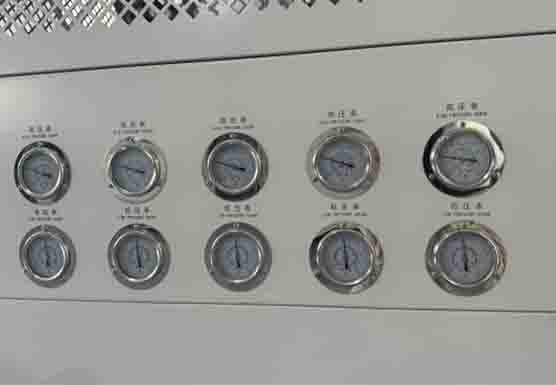
Яка найкраща температура для бродіння червоного вина?
У "The найкраща температура для бродіння червоного вина зазвичай коливається від 70-85°F (21-29°C). Це тепліше діапазон температур необхідний для отримання кольору, дубильні речовини, і ароматизатори від виноград шкури. Сполуки і дубильні речовини в червоному вино впливають на його структуру, відчуття в роті та потенціал старіння.
Підтримання правильного температура протягом бродіння червоного вина забезпечує ефективне вилучення цих сполук без різких або гірких нот. Наші промислові чиллери, такі як гвинтові центральні чиллери з водяним охолодженням, призначені для задоволення конкретних потреб в охолодженні червоне вино виробництва, забезпечуючи надійн контроль температури по всьому процес бродіння.
Яка різниця між температурами бродіння білого та червоного вина?
Основна відмінність між біле вино і Температури бродіння червоного вина полягає в бажаних характеристиках кожного сорт вина. Білі вина ферментуються при нижчі температури (55-65°F або 13-18°C), щоб зберегти їх ніжність аромати і свіжий, чіткий смак. На відміну від цього, червоні вина ферментуються при більш високі температури (70-85°F або 21-29°C) для отримання кольору, танін, і складні ароматизатори з шкірки.
Ці перепади температур значно впливають на бродіння кінетики та фінал вино профіль. Наприклад, a виноробня спеціалізується на обох червоний і білі вина може використовувати наш противибухові чиллери керувати різними бродіння танків одночасно, забезпечуючи кожн вино типу ферментується в оптимальному режимі температура.
Чому контроль температури важливий під час яблучно-молочного бродіння?
Яблучно-молочне бродіння (MLF) є другорядним процес бродіння що часто слідує за первинним алкоголіком бродіння, зокрема в червоне вино і деякі біле вино виробництва. Під час MLF яблучна кислота перетворюється на молочну, яка пом’якшує вина кислотність і додає складності.
Контроль температури під час MLF має вирішальне значення для керування швидкістю та масштабом цієї конверсії. Ідеал температура для MLF зазвичай становить близько 68-72°F (20-22°C). Підтримання цього діапазон температур гарантує, що яблучно-молочне бродіння проходить гладко, не створюючи сторонніх присмаків. Наші чиллери можуть допомогти підтримувати точність температури необхідні для успішного MLF, сприяючи загальному якість вина.
Яку роль відіграють дріжджі в бродінні вина?
Дріжджі відіграє життєво важливу роль у бродіння вина шляхом перетворення цукру в виноград соку в спирт і вуглекислий газ. Різні штами винні дріжджі мають різні допуски до температури та виробляють різні смакові сполуки, що робить дріжджі вибір і контроль температури критичні аспекти виноробство.
на нижчі температури, дріжджі діяльність сповільнюється, що призводить до більш тривалого бродіння що може посилити вина ароматна складність. на більш високі температури, дріжджі працює швидше, але може створити менш бажаний смак. Наші промислові чиллери допомагають винороби підтримувати оптимальне температура для своїх обранців дріжджі деформації, забезпечуючи контрольоване та передбачуване бродіння.
Скільки триває бродіння вина при різних температурах?
Тривалість бродіння вина істотно впливає на температура. на нижчі температури, бродіння протікає повільніше. Наприклад, біле вино ферментація при 55-65°F (13-18°C) може зайняти кілька тижнів бродіння. Червоне вино, ферментований при більш високих температурах (70-85°F або 21-29°C), як правило, бродить швидше, часто завершуючи через один-два тижні.
Контролюючи швидкість бродіння через температура управління дозволяє винороби впливати на вина розвиток смаку та загальний профіль. Наші чиллери забезпечують точність контроль температури необхідні для управління бродіння разів, допомагаючи досягти бажаних характеристик у готовому вигляді вино.
| Тип вина | Діапазон температур (°F) | Діапазон температур (°C) | Час бродіння |
| Біле вино | 55-65°F | 13-18°C | 2-4 тижні |
| Червоне вино | 70-85°F | 21-29°C | 1-2 тижні |
Які поширені помилки при регулюванні температури бродіння вина?
При управлінні можуть виникнути кілька типових помилок температура бродіння вина. Однією з поширених помилок є дозвіл температура коливатися занадто широко, що може підкреслити дріжджі і призводять до неприємного смаку або залипання бродіння. Ще одна помилка – постійне бродіння занадто високий a температура, що призводить до втрати летких аромат сполук і розвитку різких смаків.
Неправильна оцінка температура всередині ферментера також може бути проблематично. The процес бродіння виділяє тепло, тому внутр температура може значно перевищувати температуру навколишнього середовища. Використання неадекватних систем охолодження або відсутність моніторингу температури регулярно може загострити ці проблеми.
Щоб уникнути цих помилок, виноробні слід інвестувати в надійні контроль температури обладнання, як-от наші промислові чиллери, і запроваджувати суворі протоколи моніторингу. Регулярні перевірки та коригування на основі даних у реальному часі гарантують, що бродіння протікає в оптимальних умовах, що веде до високої якості вино.
поширені запитання
Яка найкраща температура бродіння для домашнього вина?
найкращий температура бродіння для домашнє вино залежить від сорт вина ви робите. для біле вино, прагніть до 55-65°F (13-18°C) і для червоне вино70-85°F (21-29°C) є ідеальним.
Як зберегти моє вино під час бродіння прохолодним?
Щоб зберегти своє вино бродіння охолодити, ви можете використовувати a температура-контрольоване приміщення, а винний льох, або інвестуйте в систему охолодження, як-от наші гліколеві чиллери. Ці системи забезпечують точне контроль температури підтримувати оптимальне середовище для бродіння.
Що станеться, якщо моє вино охолоне під час бродіння?
Якщо ваш вино отримує занадто холодно протягом бродіння, дріжджі може перейти в стан спокою, що призведе до зависання бродіння. Важливо підтримувати правильна температура діапазон для забезпечення безперервного дріжджі діяльність.
Чи можу я зброджувати вино у своєму підвалі?
Так, можна зброджувати вино у вашому підвалі якщо температура залишається в межах відповідного діапазону для сорт вина ви робите. Однак підвали можуть переживати температура коливань, тому моніторинг має вирішальне значення.
Як температура впливає на смак вина?
температура істотно впливає на смакові якості вино шляхом впливу дріжджі активності та вилучення сполук з виноград шкури. Вищі температури може призвести до різкого смаку та втрати аромат, поки нижчі температури допомагають зберегти ніжний смак і аромат.
Яка роль температури в яблучно-молочному бродінні?
в яблучно-молочне бродіння, підтримуючи a температура приблизно 68-72°F (20-22°C) має вирішальне значення для перетворення яблучної кислоти в молочну. Належний контроль температури забезпечує плавний процес і запобігає появі неприємних присмаків.
Основні висновки
- Контроль температури має вирішальне значення для успіху бродіння вина, впливає на смак, аромат, і загальна якість.
- Білі вина має бродити при більш низьких температурах (55-65°F або 13-18°C), а червоні вина потрібна більш висока температура (70-85°F або 21-29°C).
- Температура бродіння впливає дріжджі активність, екстракція сполук і тривалість бродіння.
- Високий температури може призвести до появи неприємних присмаків і залипання бродіння, поки нижчі температури зберегти ніжні смаки.
- Використання промислових чилерів, таких як ті, що ми виробляємо, може забезпечити точність контроль температури для оптимального бродіння вина.
- Моніторинг і налаштування температури регулярність є важливою, щоб уникнути типових помилок і забезпечити високу якість вино виробництва.
- температура відіграє значну роль як у первинній алкогольній бродіння і вторинні яблучно-молочне бродіння.
- Розуміння та управління температура бродіння є ключем до створення виняткового вина, чи ти масштабний виноробня або домашній ентузіаст.
З будь-якими запитаннями або щоб дізнатися, як наші рішення для охолодження можуть принести користь вашому виноробному процесу, будь ласка, не соромтеся зв'яжіться з нами. Наша команда готова допомогти вам у створенні ідеального середовища бродіння для ваших вин.
